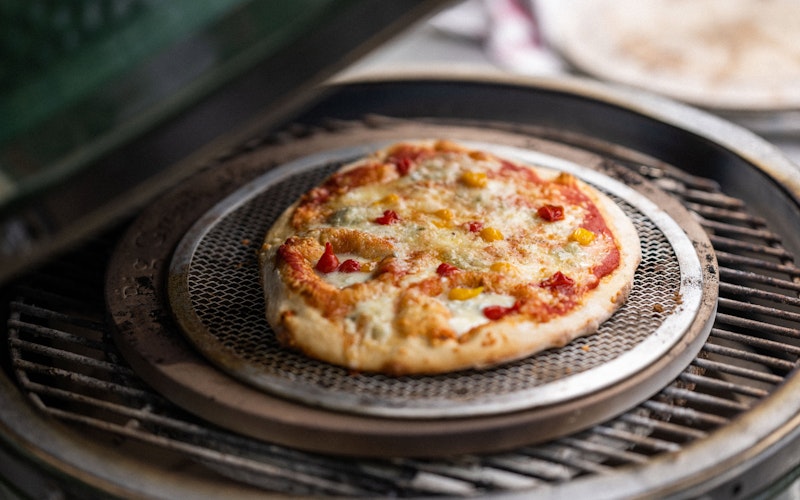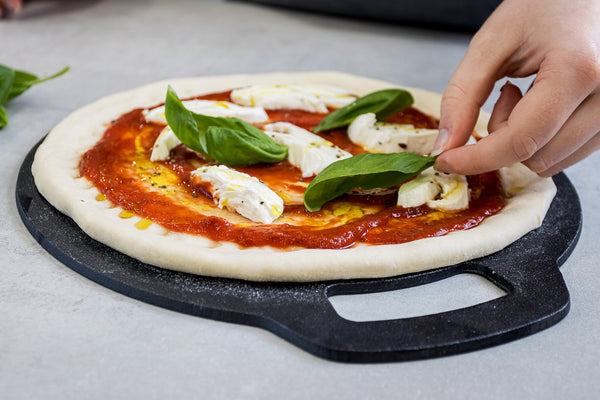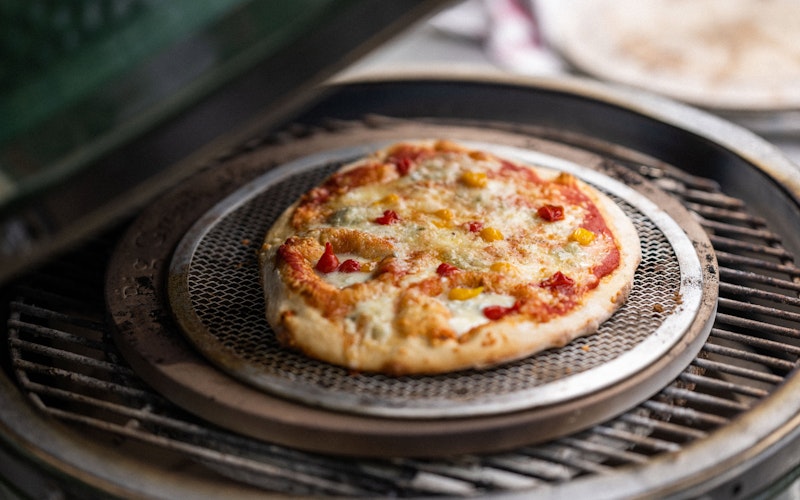For kitchen professionals, achieving the perfect crust on pizzas and bread is a mark of expertise. The right baking stone oven placement can make or break your culinary creations. By understanding the intricacies of heat distribution and stone positioning, you can transform your baking results. This article dives deep into why baking stone oven placement is essential and how to master this culinary art.

Understanding the Importance of Oven Placement
You may wonder, why is the placement of the baking stone so crucial? The answer lies in how heat circulates within the oven. An evenly distributed heat helps in achieving a uniform bake. The baking stone's material also plays a significant role by retaining and conducting heat efficiently. Exploring the techniques in baking stone vs. baking sheet highlights how diverse baking equipment can influence outcomes.
Ideal Placement for Even Heat Distribution
Placement is not just about tossing a stone inside an oven; its about understanding where it fits best for your specific needs. Typically, the ovens middle rack is used for consistent results. However, if youre aiming for extra crispy crusts, experimenting with the bottom rack can be beneficial. To enhance your skills further, check out tips on using a baking stone at Maria's Condo.
Benefits of Optimal Placement
Optimal placement can drastically reduce cooking times while ensuring a delicious texture. Baking stone oven placement affects moisture retention, leading to a chewy interior while the exterior crisps up remarkably. This kind of precision can be likened to knowing how to keep a cast iron skillet from smoking.
The Role of Oven Type in Placement
Not all ovens are created equal. Traditional ovens distribute heat differently compared to convection ovens. For instance, in a convection oven, you might want to place the stone closer to the fan, ensuring better circulation. The expertise you acquire over time, similar to knowing why your grill pan smokes, plays a role in making these judgments.
Preheating Techniques
An essential part of the process is preheating. To maximize the benefits, ensure the stone is fully preheated before placing any food on it. Setting the oven to a high temperature for at least 30 minutes is often recommended. Following detailed guides, such as those found on baking bakeware sets, can provide more insights.
Maximizing Results with Additional Tools
Consider pairing your baking stone with tools like a pizza peel for smoother transfers. Understanding these kitchen tools elevates how efficiently you execute tasks, just like knowing how to dispose of a wood cutting board properly enhances kitchen cleanliness.
Common Mistakes to Avoid
Even seasoned chefs fall prey to some common pitfalls. One such mistake is overcrowding the oven, particularly when adding multiple stones. Awareness of such basics parallels having insights into using a baking stone effectively.
Dealing with Unexpected Challenges
Sometimes, unexpected challenges arise, such as inconsistent oven temperatures. Adapting to these requires flexibility something as vital as knowing what to do when making soybean oil.
Conclusion
The journey to mastering baking stone oven placement is one filled with trial, error, and fine-tuning. By understanding the nuances, kitchen professionals can elevate the quality of their baked goods significantly.

FAQs
Why is baking stone placement important?
It ensures even heat distribution for optimal baking results.
Can you place the baking stone on any oven rack?
While the middle rack is generally ideal, experimenting with different placements can yield varying results.
How long should a baking stone be preheated?
Typically, a baking stone should be preheated for at least 30 minutes to ensure it reaches the correct temperature. Learn more at The Spruce Eats.
This article contains affiliate links. We may earn a commission at no extra cost to you.





Leave a comment
This site is protected by hCaptcha and the hCaptcha Privacy Policy and Terms of Service apply.